Table of Contents
Indian Scientists Name: This blog explores the achievements of 10 famous Indian scientists and their inventions. From C.V. Raman’s discovery of the Raman Effect to SS Abhyankar’s contributions to Algebraic Geometry, these scientists have had a global impact. Their work, like Srinivasa Ramanujan’s contributions to mathematics and Narinder Singh Kapany’s advancements in fiber optics, continues to influence modern thinking.
India boasts a rich scientific history, thanks to pioneering scientists. C.V. Raman’s Raman Effect and SS Abhyankar’s work in Algebraic Geometry are standout achievements. Figures like Srinivasa Ramanujan and Narinder Singh Kapany have also left a lasting legacy in mathematics and fiber optics, respectively, inspiring future generations.
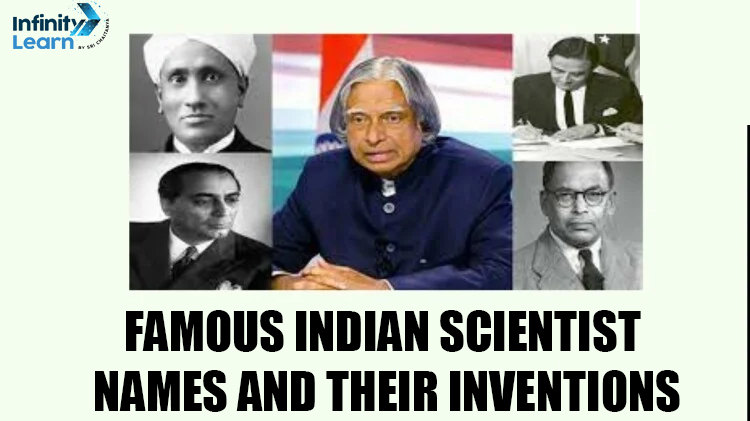
List of Top 10 Famous Indian Scientists Name
- C.V. Raman – Nobel Laureate in Physics
- Homi J. Bhabha – Founder of India’s Nuclear Program
- Satyendra Nath Bose – Physicist, Collaborated on Bose-Einstein statistics
- Jagdish Chandra Bose – Pioneer in the Field of Biophysics
- Vikram Sarabhai – Father of the Indian Space Program
- A.P.J. Abdul Kalam – Aerospace Engineer, Served as President of India
- Srinivasa Ramanujan – Extraordinary Mathematician
- Venkatraman Ramakrishnan – Nobel Laureate in Chemistry
- Shiv Nadar – Founder of HCL Technologies
- A.P. Balachandran – a Pioneering Physicist
| Scientist Topics | |
| Guglielmo Marconi | Dmitri Mendeleev |
| Alessandro Volta | Albert Einstein |
| Robert Boyle | James Watt |
| Issac Newton | Democtitus |
| Kuiper Belt | AL Biruni |
| Johannes Gutenburg | Socrates |
10 Famous Indian Scientists Name and Their Inventions
India has been home to some of the world’s most brilliant minds who have made significant contributions to science and technology. Here are 10 famous Indian scientists and their groundbreaking inventions:
C.V. Raman (1888–1970): Chandrasekhara Venkata Raman (1888–1970) was a famous Indian scientist who discovered the “Raman Effect.” This was a big deal because it showed that when light hits something, it can change its color a little bit. Raman’s discovery helped scientists understand how molecules work, which is super important in science. Because of this, he won the Nobel Prize in Physics in 1930. Raman did a lot to help science in India too, and his work is still remembered and admired by scientists all over the world.
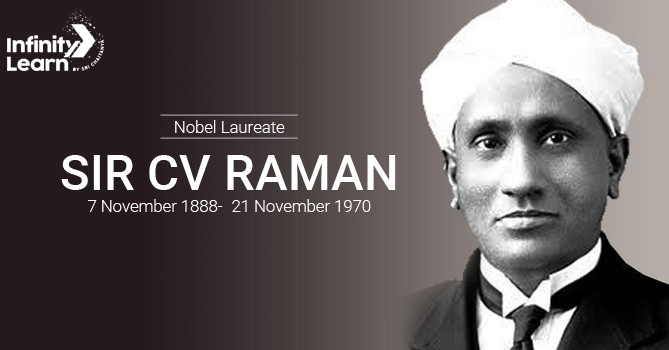
A.P.J. Abdul Kalam (1931–2015): Known as the Missile Man of India, he played a pivotal role in the development of India’s space and missile programs, notably overseeing the successful launch of SLV-III. He was the 11th President of India. Kalam was admired for his humility, wisdom, and dedication to education, especially in rural areas. His inspirational leadership continues to inspire people worldwide to strive for excellence and contribute to society.
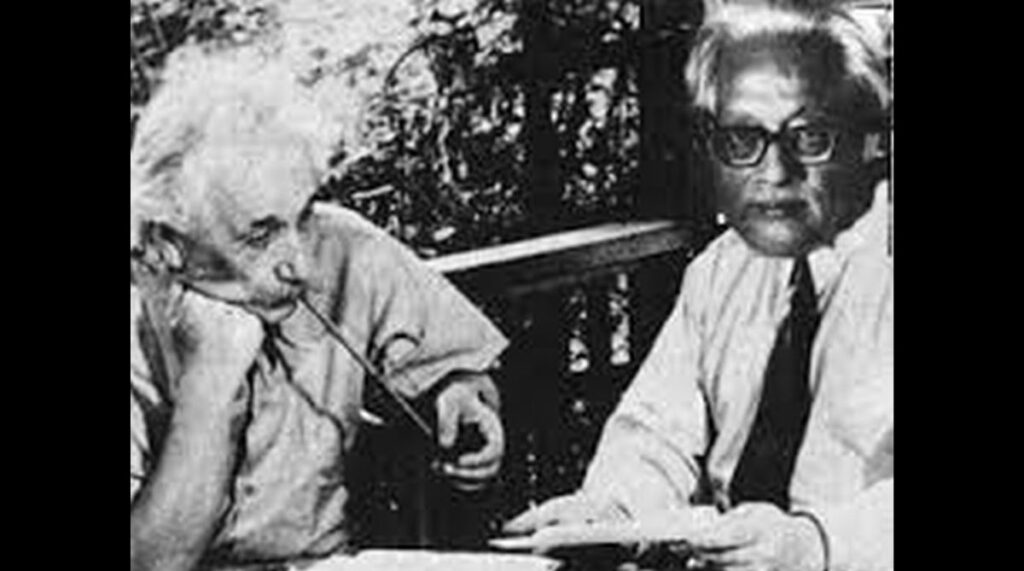
Satyendra Nath Bose (1894–1974): Satyendra Nath Bose (1894–1974) was an eminent Indian physicist whose work laid the foundation for Bose–Einstein statistics and the theory of the Bose–Einstein condensate. Born in Kolkata, Bose’s early life was marked by a keen interest in mathematics and physics. His most significant contribution came in collaboration with Albert Einstein, where they formulated the theory of the Bose-Einstein statistics, which describes the behavior of certain particles, now known as bosons, at low temperatures. This theory has had profound implications in various branches of physics, including quantum mechanics and thermodynamics
Homi Jehangir Bhabha (1909–1966): Often referred to as the father of the Indian nuclear program, Bhabha made significant contributions to quantum theory and was instrumental in establishing India’s first nuclear research center. He discovered the “Bhabha scattering” mechanism, explaining how cosmic ray particles interact with matter. This laid the foundation for understanding subatomic particles. Bhabha also played a crucial role in establishing India’s atomic energy program, founding institutions like the Tata Institute of Fundamental Research (TIFR) and the Bhabha Atomic Research Centre (BARC). His contributions continue to shape India’s scientific landscape.
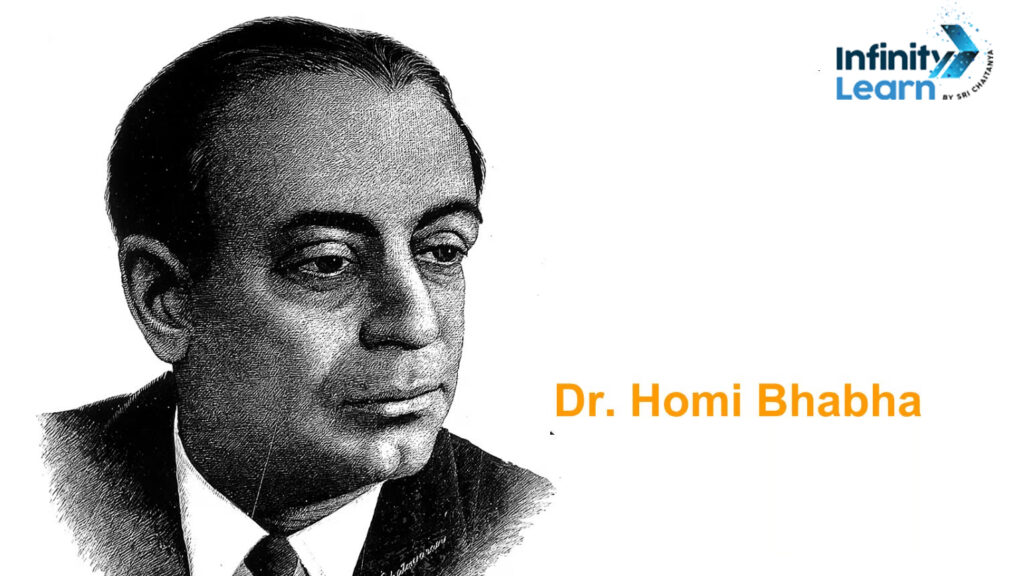
Vikram Sarabhai (1919–1971): Regarded as the father of the Indian space program, Sarabhai played a crucial role in the establishment of ISRO and the successful launch of India’s first satellite, Aryabhata. He founded the Indian Space Research Organisation (ISRO) and was instrumental in launching India’s first satellite, Aryabhata, in 1975.

Srinivasa Ramanujan (1887–1920): An extraordinary mathematician known for his contributions to number theory, infinite series, and continued fractions, despite facing significant socio-economic challenges. He was an exceptional Indian mathematician whose genius profoundly influenced mathematics worldwide. Born in Erode, Tamil Nadu, Ramanujan displayed an extraordinary aptitude for mathematics from a young age, despite lacking formal training. His work encompassed various areas of mathematics, including number theory, infinite series, and continued fractions. Ramanujan’s groundbreaking discoveries, such as the Ramanujan prime and the Ramanujan theta function, continue to inspire mathematicians and physicists.
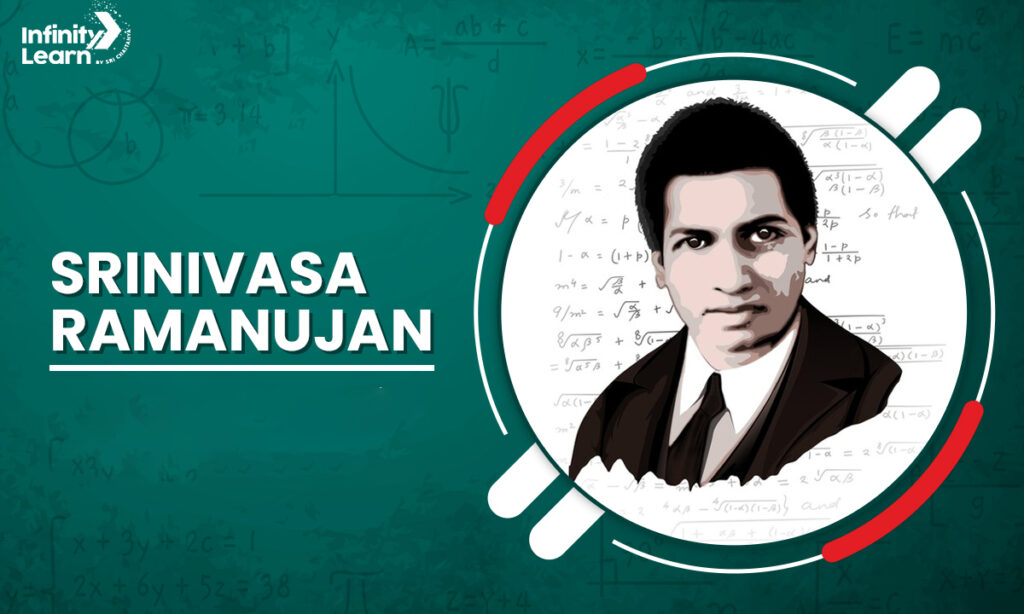
Venkatraman Ramakrishnan (1952–Present): Awarded the Nobel Prize in Chemistry in 2009 for his studies on the structure and function of the ribosome, offering insights into protein synthesis. He was an Indian-American scientist known for his research on the structure of the ribosome. Ramakrishnan’s discoveries have helped us understand how cells make proteins, which is crucial for many aspects of life and medicine.
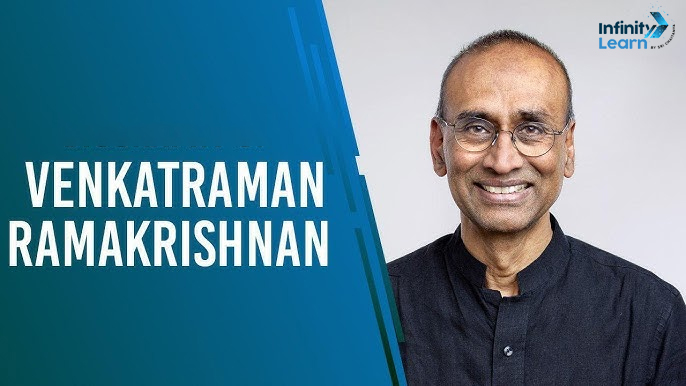
Shiv Nadar (1945–Present): Shiv Nadar (born 1945) is an Indian entrepreneur and philanthropist best known as the founder of HCL (Hindustan Computers Limited), one of India’s leading IT services companies. Born in Tamil Nadu, India, Nadar’s journey from a humble background to building a global technology empire is inspirational. Under his leadership, HCL grew from a startup in 1976 to a multinational corporation with a significant presence in over 40 countries. Nadar’s innovative approach to technology and business has been instrumental in shaping India’s IT industry. Nadar has been instrumental in shaping India’s IT industry and promoting technological innovation.

A.P. Balachandran (1938–Present): Known for his contributions to theoretical physics, particularly in the field of particle physics and quantum mechanics. A.P. Balachandran (born 1938) is an Indian physicist known for his significant contributions to theoretical physics. He has made important advancements in the field of quantum mechanics and particle physics, particularly in the study of symmetries and their applications. Balachandran has held various academic positions and has been affiliated with prestigious institutions around the world. His work has earned him recognition and respect in the scientific community, making him a prominent figure in Indian physics.

Kalpana Chawla (1961–2003): The first woman of Indian origin in space, Chawla was part of the crew of the Space Shuttle Columbia, tragically perishing in its disintegration upon re-entry. Born in Karnal, India, Chawla was passionate about flying from a young age. She pursued her dreams and became a certified pilot before joining NASA in 1994. Chawla made history in 1997 when she flew aboard the Space Shuttle Columbia on mission STS-87, becoming the first Indian-born woman to travel to space. Tragically, she lost her life in the Columbia space shuttle disaster in 2003. Chawla’s courage, determination, and achievements continue to inspire people around the world, especially aspiring astronauts and women in STEM fields.
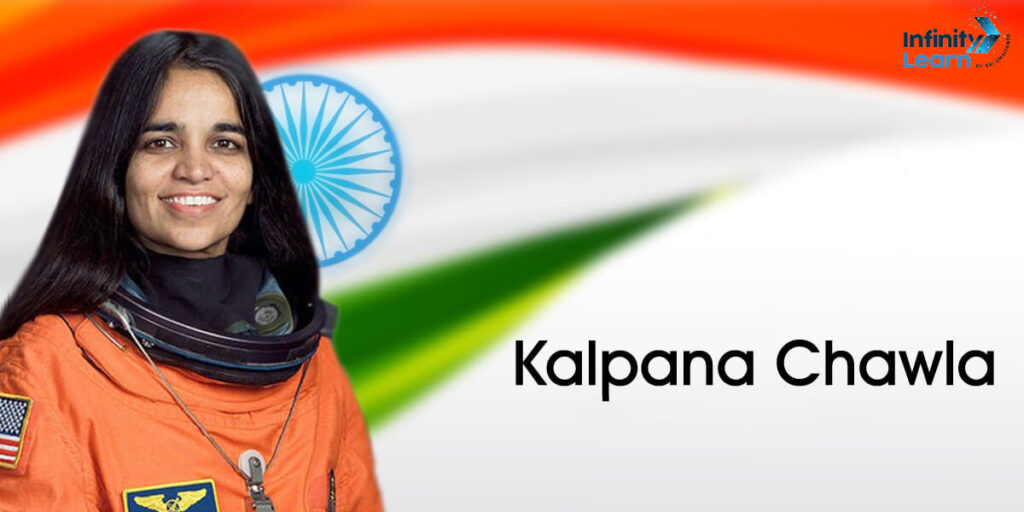
FAQ’s on Indian Scientists Name
Who is the top 10 scientist in India?
India has produced numerous eminent scientists. While it's challenging to list only ten, some notable names include Dr. APJ Abdul Kalam, C.V. Raman, Homi J. Bhabha, Srinivasa Ramanujan, Jagadish Chandra Bose, Venkatraman Ramakrishnan, Satyendra Nath Bose, Vikram Sarabhai, Subrahmanyan Chandrasekhar, Dr. Mashelkar among others.
What is the first scientist of India?
The title of first scientist of India is often attributed to Aryabhata, an ancient Indian mathematician and astronomer who lived during the 5th century CE. He made significant contributions to mathematics and astronomy.
What is Homi J. Bhabha known for in India’s scientific history?
Homi J. Bhabha is known as the father of India's nuclear program. He played a crucial role in establishing India's atomic energy program and was a key figure in the development of nuclear research in the country.
भारत का सबसे कम उम्र का वैज्ञानिक कौन है?
भारत का सबसे कम उम्र का वैज्ञानिक तो नहीं है, लेकिन एक प्रसिद्ध उदाहरण हैं - सिद्धार्थ नारायणन, जिन्हें सिडनी यूनिवर्सिटी ने विज्ञान के क्षेत्र में अंतर्राष्ट्रीय मान्यता प्राप्त किया था, उन्होंने 15 साल की आयु में इसका सम्मान प्राप्त किया था।
Which element is named after an Indian scientist?
The element Rutherfordium (atomic number 104) is named after the renowned New Zealand-born British physicist Ernest Rutherford, who conducted significant research in nuclear physics. While Rutherford was not Indian, his name is associated with an element.







